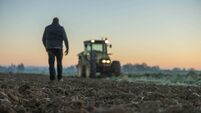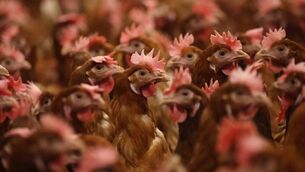Summer health checks: Stay ahead, stay profitable
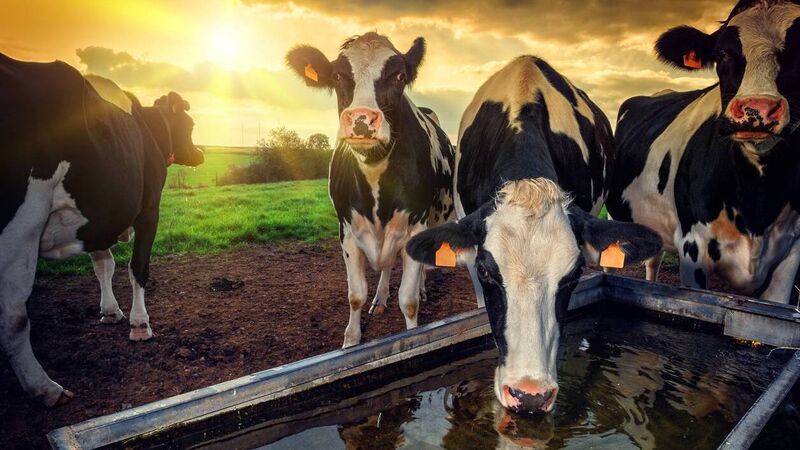
As cattle settle into summer grazing, the risk of parasitic disease rises sharply - particularly in younger animals.
As we head into summer, cattle may look content in green fields, but the season brings unique challenges. Fly-borne infections, internal parasites and mineral imbalances can all limit performance or cause losses.
Proactive summer health management is essential to keep cattle thriving through the grazing season.
As cattle settle into summer grazing, the risk of parasitic disease rises sharply - particularly in younger animals. Gut worms, lungworm and external parasites can all limit performance, reduce daily liveweight gains, and in some cases cause illness.
Staying ahead with a planned control strategy is essential to keep cattle thriving.
First-season grazing weanlings and calves are particularly vulnerable to gut worm infections during the summer months. These young animals have not yet developed immunity, so even moderate parasite burdens can result in scouring, failure to thrive, and long-term setbacks in growth.
The most effective approach to managing gut worms is through regular faecal egg counts (FEC), ideally every three to four weeks. Many local vets can now provide this service, and it is a very simple but worthwhile task to carry out.
An FEC allows farmers to identify rising worm burdens early and treat accordingly, rather than dosing on a fixed calendar basis. This targeted approach not only protects animal health but also helps slow the development of resistance to anthelmintics.
Farmers are advised to rotate wormer classes annually — between white (BZ), yellow (LV) and clear (ML) drenches — to reduce the risk of resistance developing on farm.
Lungworm, or hoose, is also a threat in Irish herds, particularly from July through September. After the wet start to June, it is possible that we will see occurrences earlier this year, so be mindful to this.
The risk is highest in warm, wet and humid weather, especially in young dairy-bred animals or cattle grazing pasture with a history of lungworm outbreaks.
Cattle affected by hoose often present with persistent coughing, rapid breathing, reduced appetite, and general failure to thrive. In severe cases, lungworm can lead to respiratory distress and death.
Close monitoring is essential, and treatment with appropriate wormers should be initiated immediately at the first signs of infection. Delays in treatment can result in significant lung damage and prolonged recovery times, with many animals always showing signs of the setback and never reaching their full potential.
External parasites such as lice, mites and flies can cause irritation, skin damage and secondary infections, but their impact often goes unnoticed until performance drops.
During summer, flies pose the biggest concern. They not only irritate cattle but also spread infectious conditions like pink eye and summer mastitis, particularly in dry cows and maiden heifers. Flies breed quickly in warm weather and around dirty environments.
Pour-on insecticides, fly sprays and insecticide ear tags can all help reduce fly pressure on pasture. These should be applied early in the season and repeated as needed, depending on weather conditions and product duration.
Lice and mites are more common in winter but may persist into summer if untreated; keep an eye out for rubbing, hair loss, or irritated skin, and treat accordingly.
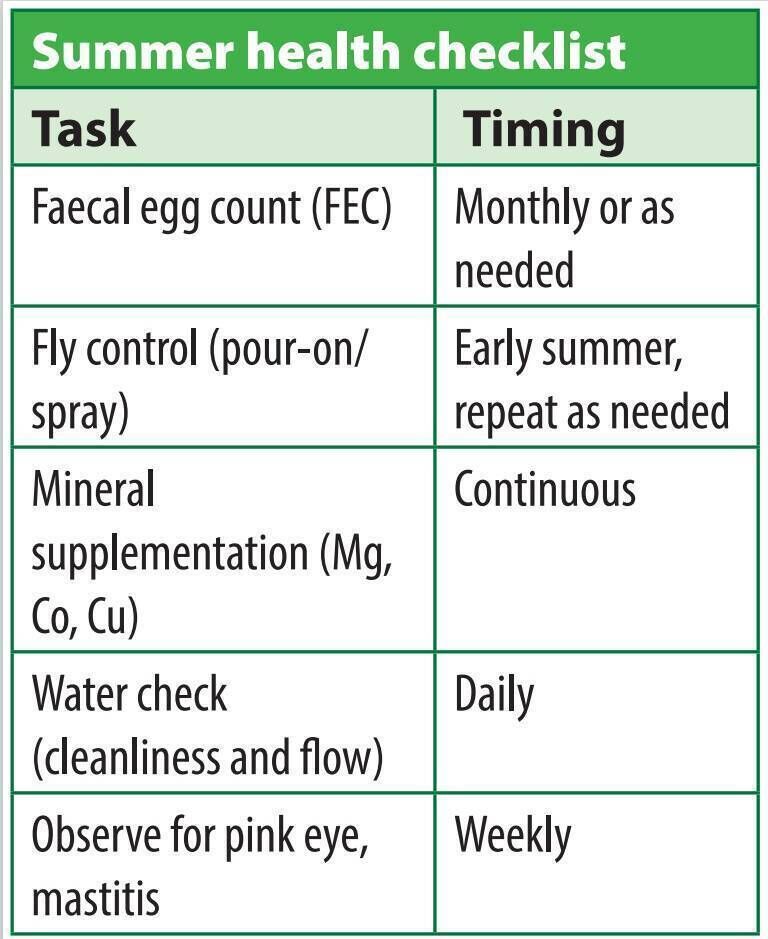
Mineral deficiencies are silent performance killers. Deficiencies may vary by soil type, grazing history and herd type.
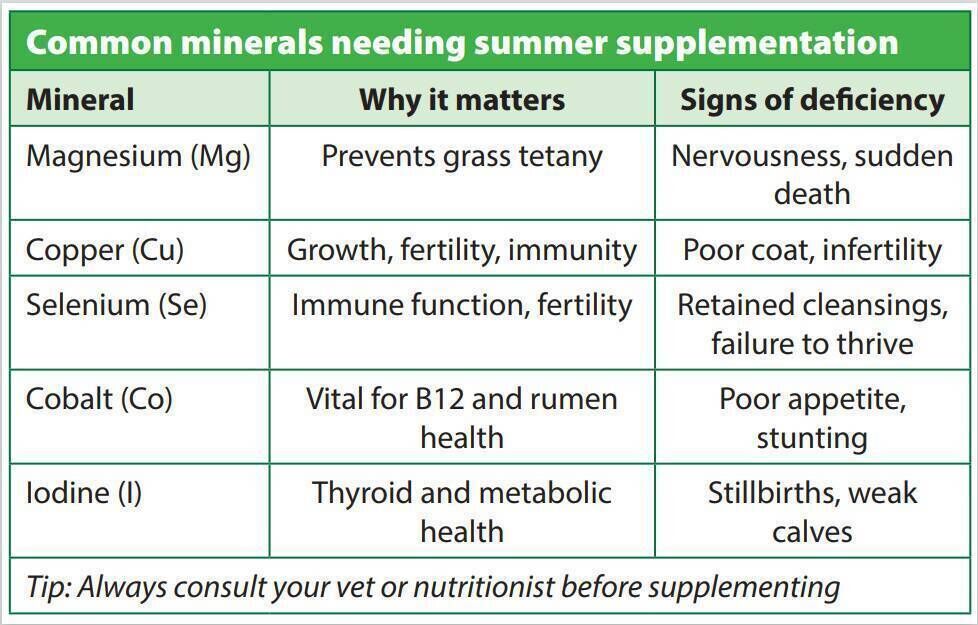
Weighing cattle at grass is a vital management tool to ensure animals are meeting their target growth rates throughout the grazing season. Regular weighing every four to six weeks allows farmers to monitor performance, identify underperforming stock early, and adjust nutrition or health interventions accordingly.
Without this information, poor thrive can go unnoticed until housing or finishing, resulting in lost time and profit. In systems targeting specific slaughter weights or sale times, consistent weighing helps keep animals on track and supports more informed decision-making around dosing, supplementation or drafting.
Aim to achieve DLWG of 0.8 to 1kg per day for dairy-bred stock and 0.9 to 1.2kg for continentals in their second grazing season. Meeting these weight targets ensures cattle are on track for efficient finishing within the ideal age and fat class.
Falling behind in the second grazing season often leads to extended finishing periods, higher feed costs, or penalties at slaughter.



